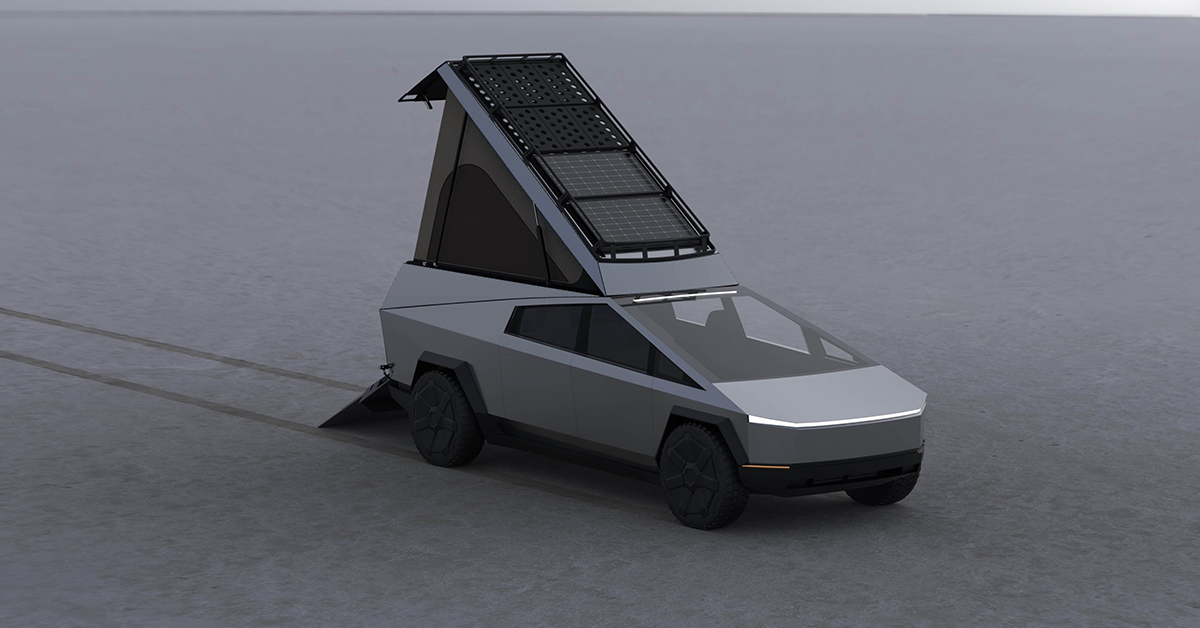Artful Dodger
"Neko no me"
No. If you follow Jordan Giesige (The Limiting Factor) on youtube and X he will probably do a teardown of the CT cell once he can get one. From there he may speculate on the future improvements they can make.
The Battery roadmap is something Tesla got from Maxwell Technologies when it purchased them back in 2019. Detailed recipes are coming from Dr. Jeff Dahn at Tesla's cell chemistry test lab at Dalhousie U. in Halifax. His youtube videos are legion (and legend)
Also, lot's of scientific papers published and accessible through Google Scholar. No surprises here, we know where bty tech is going:
Grant, Patrick S., et al. "Roadmap on Li-ion battery manufacturing research." Journal of Physics: Energy 4.4 (2022): 042006.
Last edited:






